Our travels continue and we now find ourselves in France. First stop is Normandy. It is one of 13 regions within France and located in the Northwestern part of the country with many small towns within its area. The city we first visited was Caen. Rich in history and culture it is best known for its significant role during World War II, especially in the Battle of Normandy following the D-Day landings.
Some of its historic landmarks include the Château de Caen, a castle built by William the Conqueror in 1060 as well as two other Abbey’s (also built by William) and gothic church Église Saint Pierre that was built in 1134 and is considered one of the oldest parishes in Paris. The cityscape is an architectural mixture of medieval and modern buildings, which is a testimony to the extensive rebuilding efforts after World War II.
During the day the city is slower paced than Paris but still active with people coming and going through their day at work and completing their daily task. But in the evening, it gets its second wind. The restaurants in these historical building and town squares came alive with people gathering to enjoy a meal together and socialize under decorative strings lights that hung above them on a recent beautiful May evening. As before, I observed and enjoyed seeing people spend time with others and I have to say I hardly noticed any phones in front of them. They genuinely were in engaged with the person(s) they were with. Seeing all these people sitting outside or in the restaurant, we couldn’t resist and had to join them. So we had a delicious dinner, enjoyed the nice environment and of course I partook in the European custom after my meal and had a café americano. What a life.
Our next stop the following day was the town of Bayeux, about 30 minutes West of Caen. Living in an urban environment, a person does not realize how much we become acclimated to city noise and visual pollution until we leave it. Driving through the inviting and beautiful landscapes on our way to Bayeux, we saw lush green fields, open spaces, trees, flowers and houses that probably were built in the mid to late 1800’s. And did I mention about the cows in the fields? Yes, even the cows looked happy too! It was a nice reset and what a gift to be able to enjoy this aesthetically pleasing countryside.
Similar to Caen and other towns within Normandy, Bayeux has a rich history and was heavily involved in the Battle of Normandy following D-Day during World War II. Bayeux was one the first towns liberated during the D-Day invasion and was not bombed at all, thanks to the actions of the French Resistance and other individuals who informed the allies that the Germans had left the city. With its proximity to the landing beaches, Bayeux became a transit hub for both soldiers, civilians and supplies.
Bayeux also has its own claim to fame in that it houses the famous Bayeux tapestry. Hand stitched over a 1000 years ago and nearly 70 meters long (approximately 230 feet long), it was made to visually document and explain the events of the Battle of Hastings and William the Conqueror’s battle for the kingdom of England for all of his subjects to see. Viewing this artifact leaves a person impressed and amazed to think of the monumental effort of time and talent it took to create this artifact. Even more impressive is the fact it is still intact and in such good condition.
Another thing that we noticed throughout Bayeux was the colorful painted characters of American and British soldiers on the business window, commemorating the upcoming 80th anniversary of D Day and welcoming and thanking these veterans and guests that will arrive in the next few weeks. These paintings consist of flags, military figures and red poppies and had me curious to the confirm the significance of the red poppy.
While in a small local shop (Boutique Coquelicot), that sold many pretty items with red poppies on them, I began to talk with the cashiers, named Elsa and Silla. Both ladies were welcoming and shared that the red poppy is a symbol of both remembrance and hope for a peaceful future. They went on to explain that these small red flowers are worn as a show of support for the Armed Forces community and that the troops were walking through them during the invasion. How interesting to think that while these tragic events were unfolding this small but simple flower would still be growing and making its presence known in the devastated landscape of the battlefields. They still can be seen today and we saw yellow and red poppies growing along the roads and fields as we drove around the countryside.
As with many other cities, it is home to a beautiful structure, the Cathédral de Notre-Dame de Bayeux, and it is striking. With its stained glass windows, tall arch ceilings, statues and other paintings, a person can get enveloped in how ominous yet sacred it is. Just imagining the amount of manpower and time it took to building such a special and beautiful structure, a person can appreciate it even more.
Caen and Bayeux were definitely great stays and we really enjoyed their history (tapestry, D-Day, cathedrals), slower pace, and how centrally located it was to all the other neighboring towns. It definitely is on the list to come back and visit. So for now we say “Au Revoir” to these two cities as we get ready to move on to the next adventure and visiting several of the D-Day landing sites.
Until then, we’ll see what comes our way via El Camino Thru My Lens.
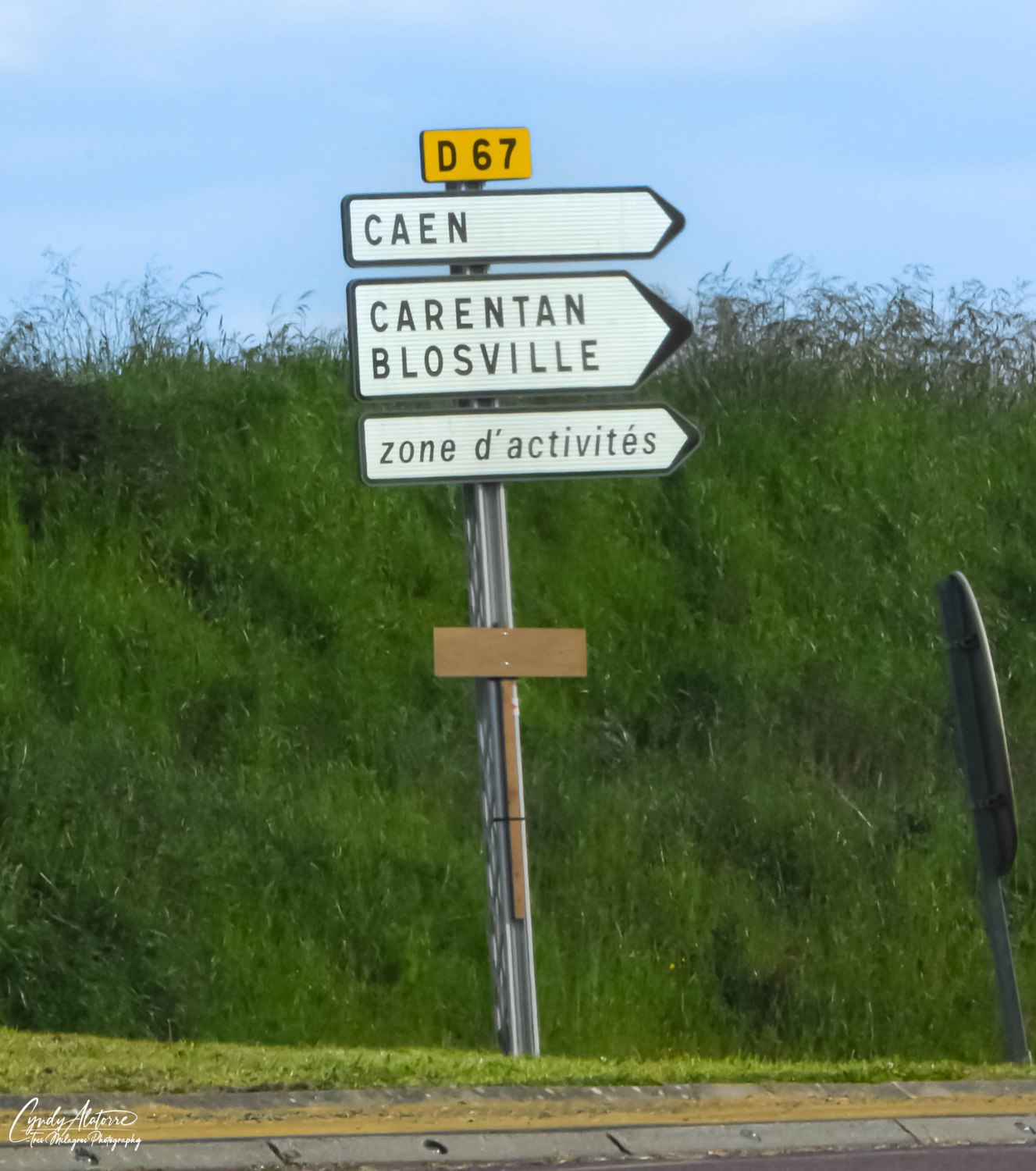
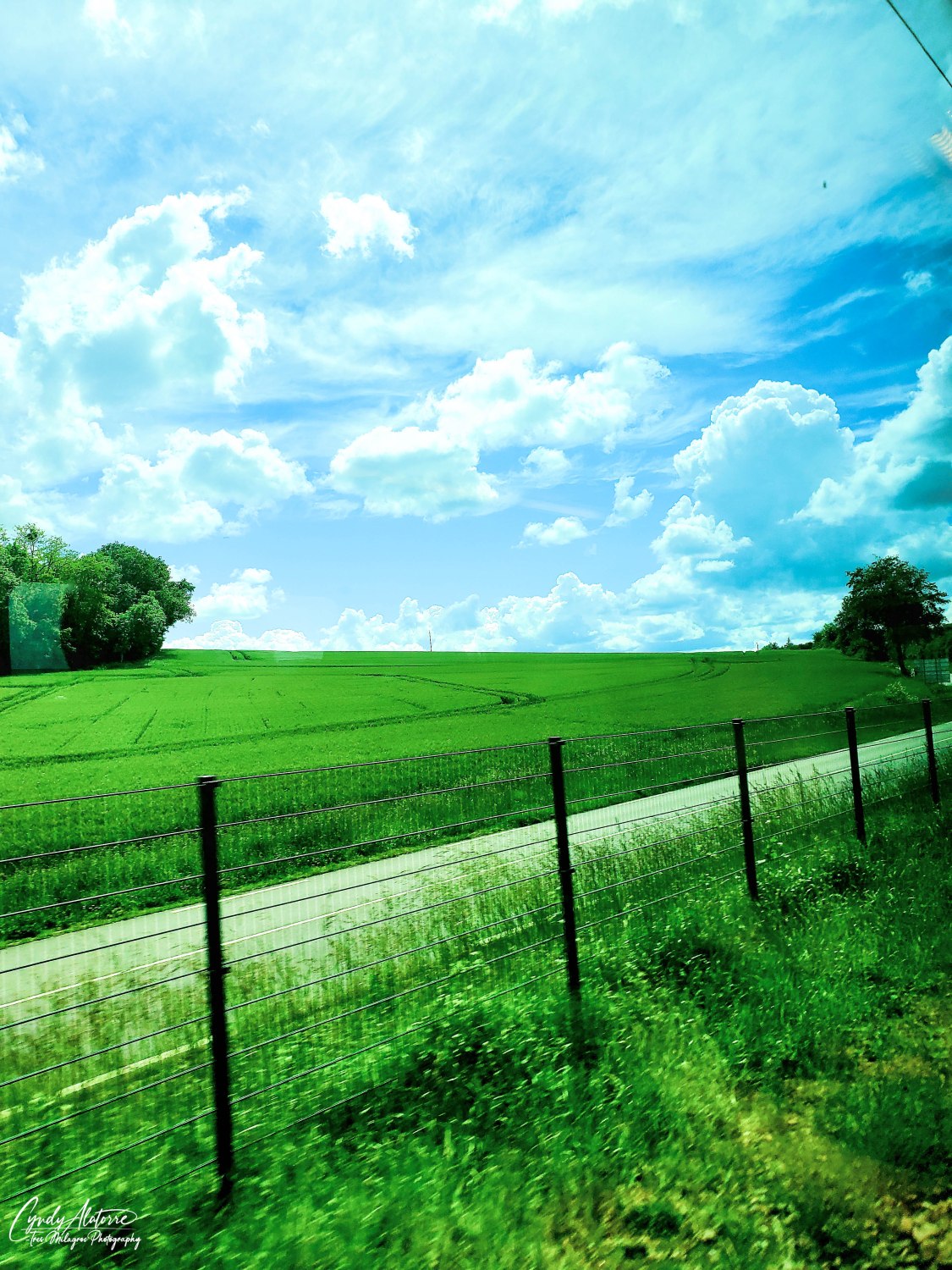
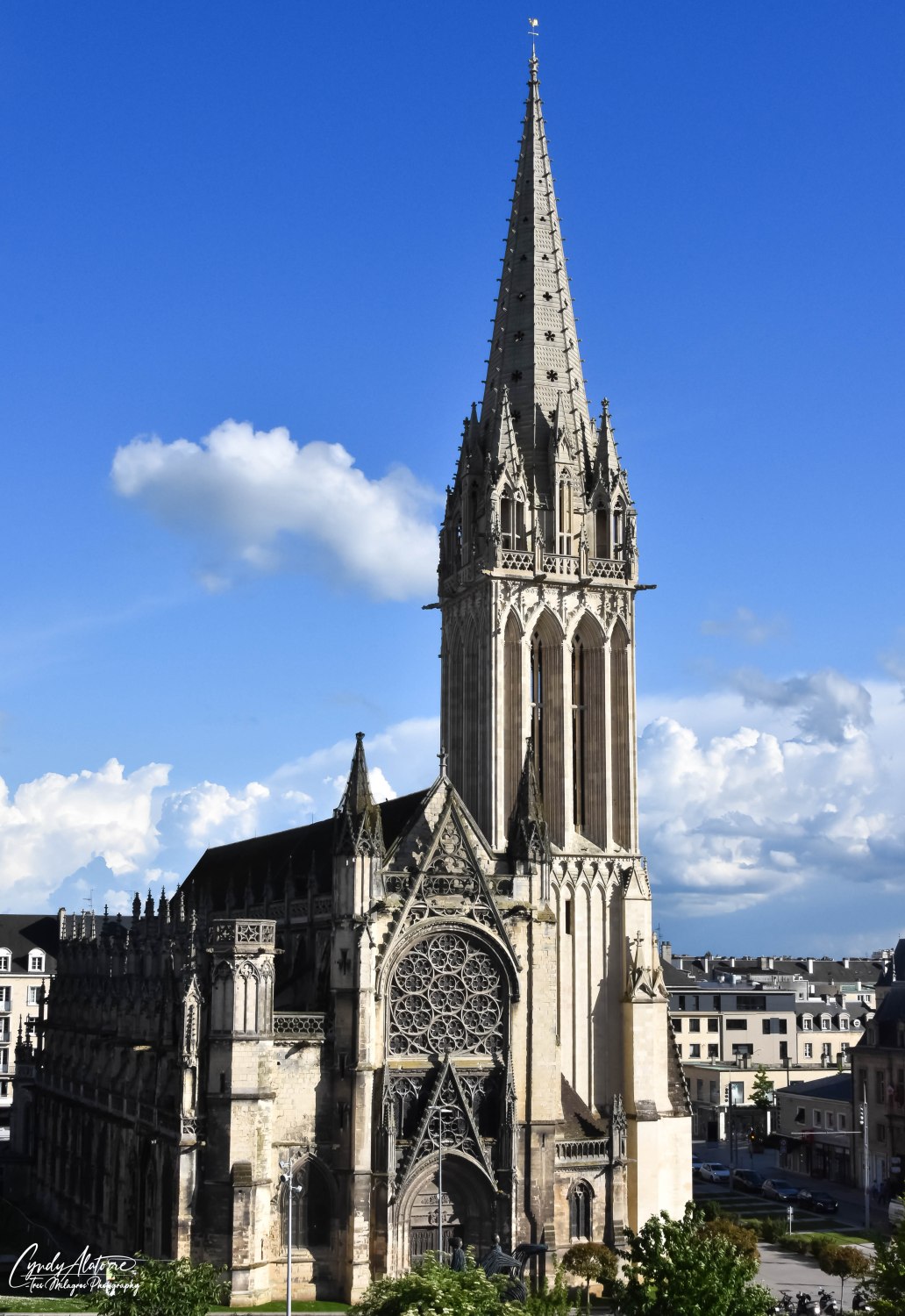
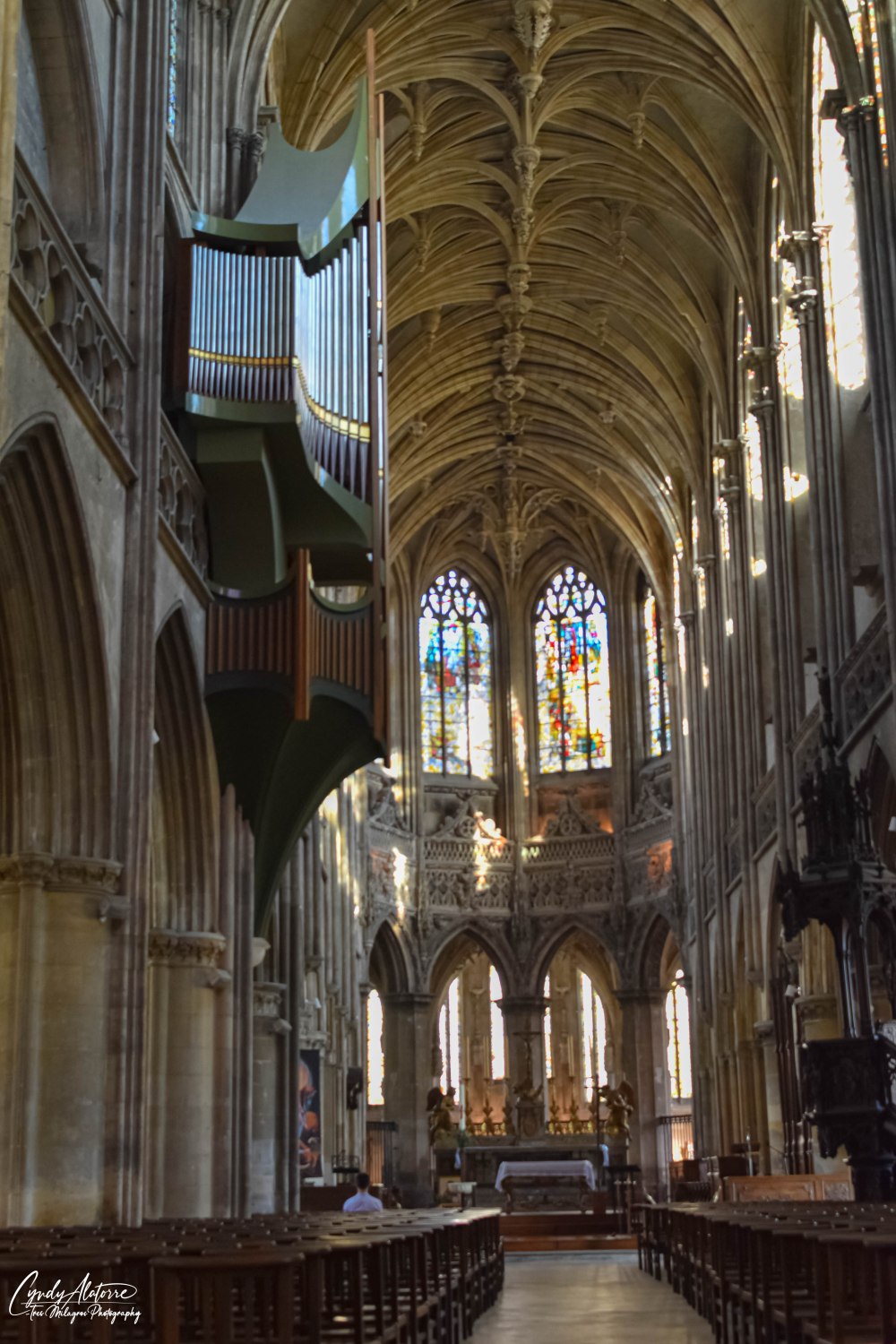
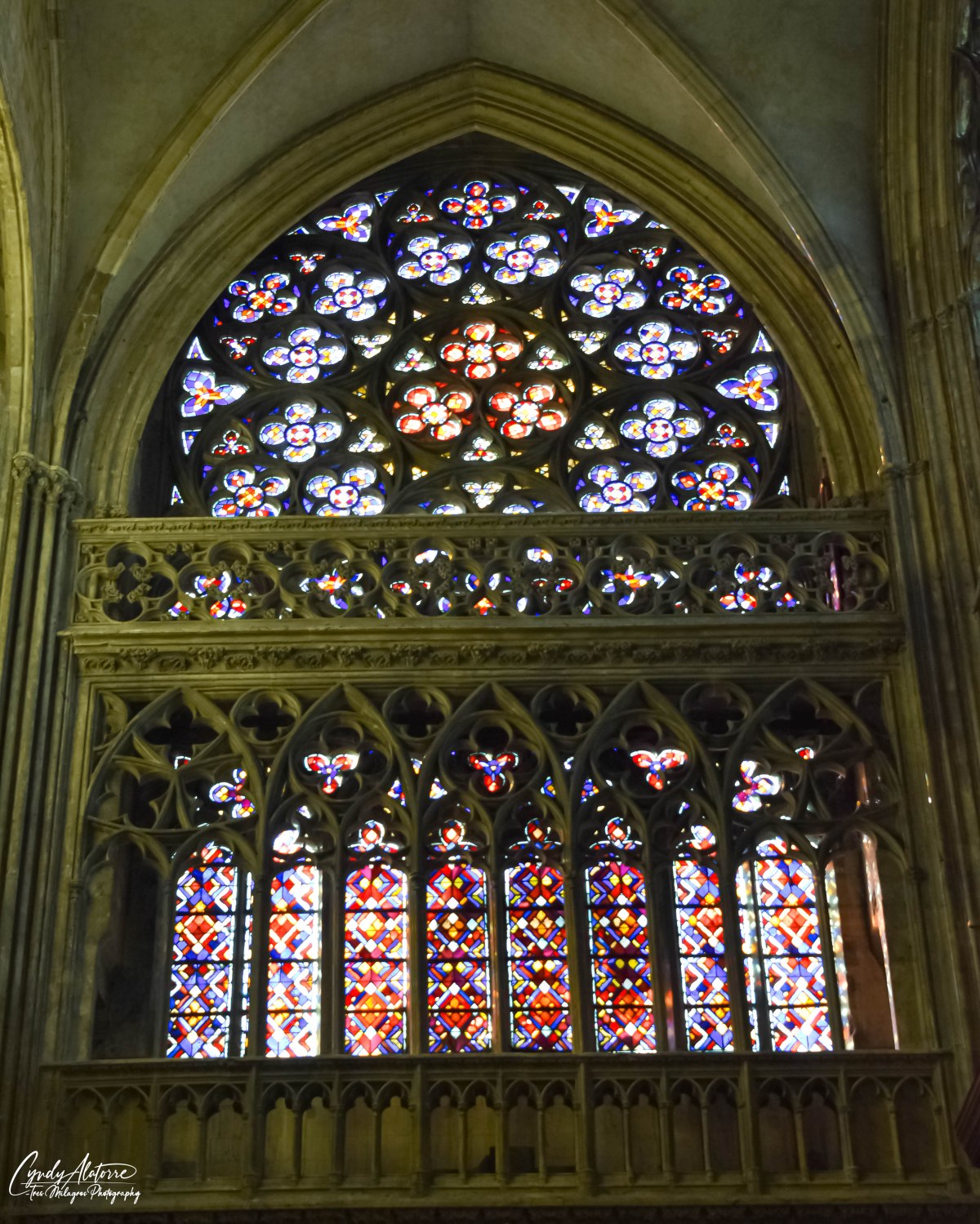
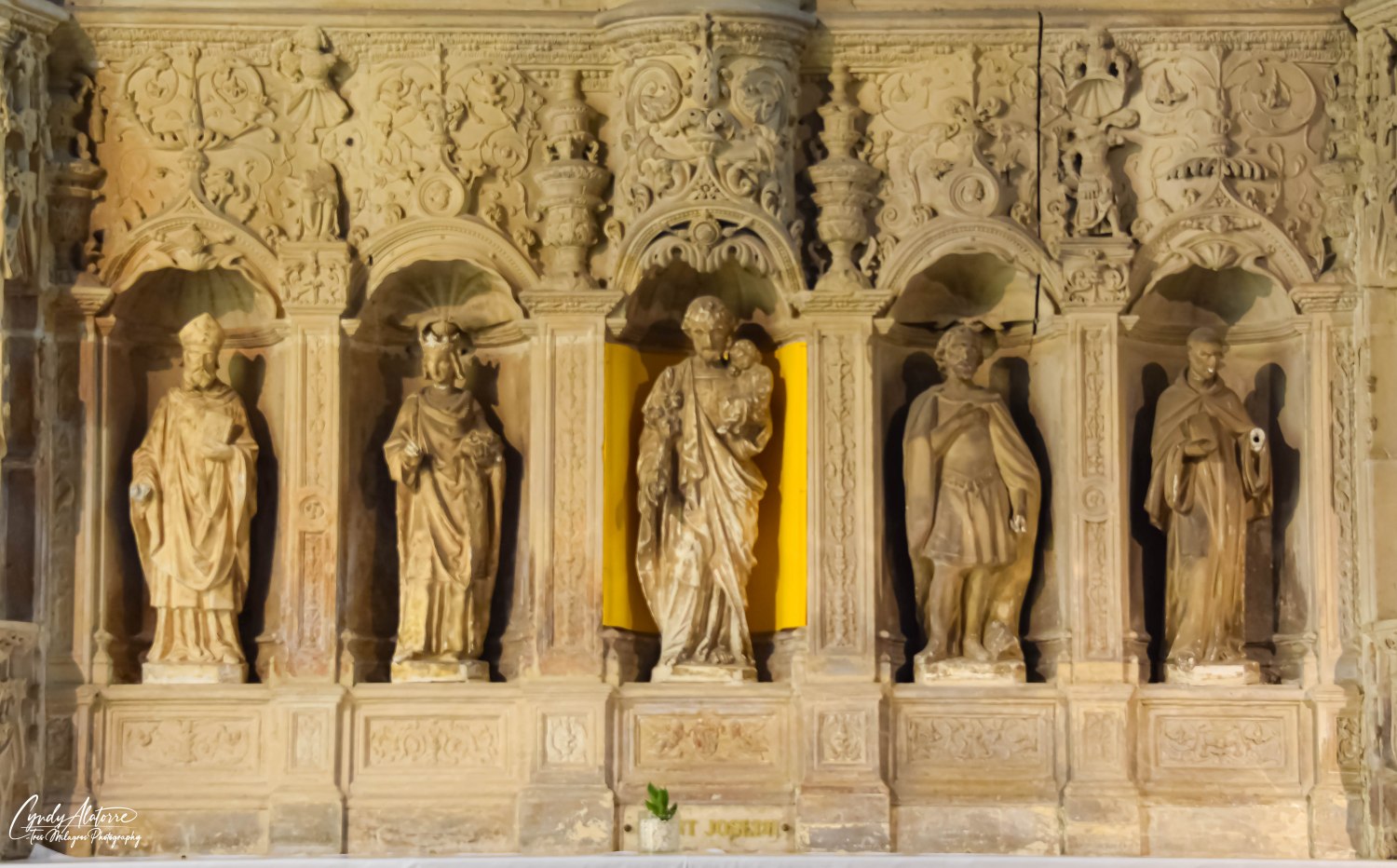
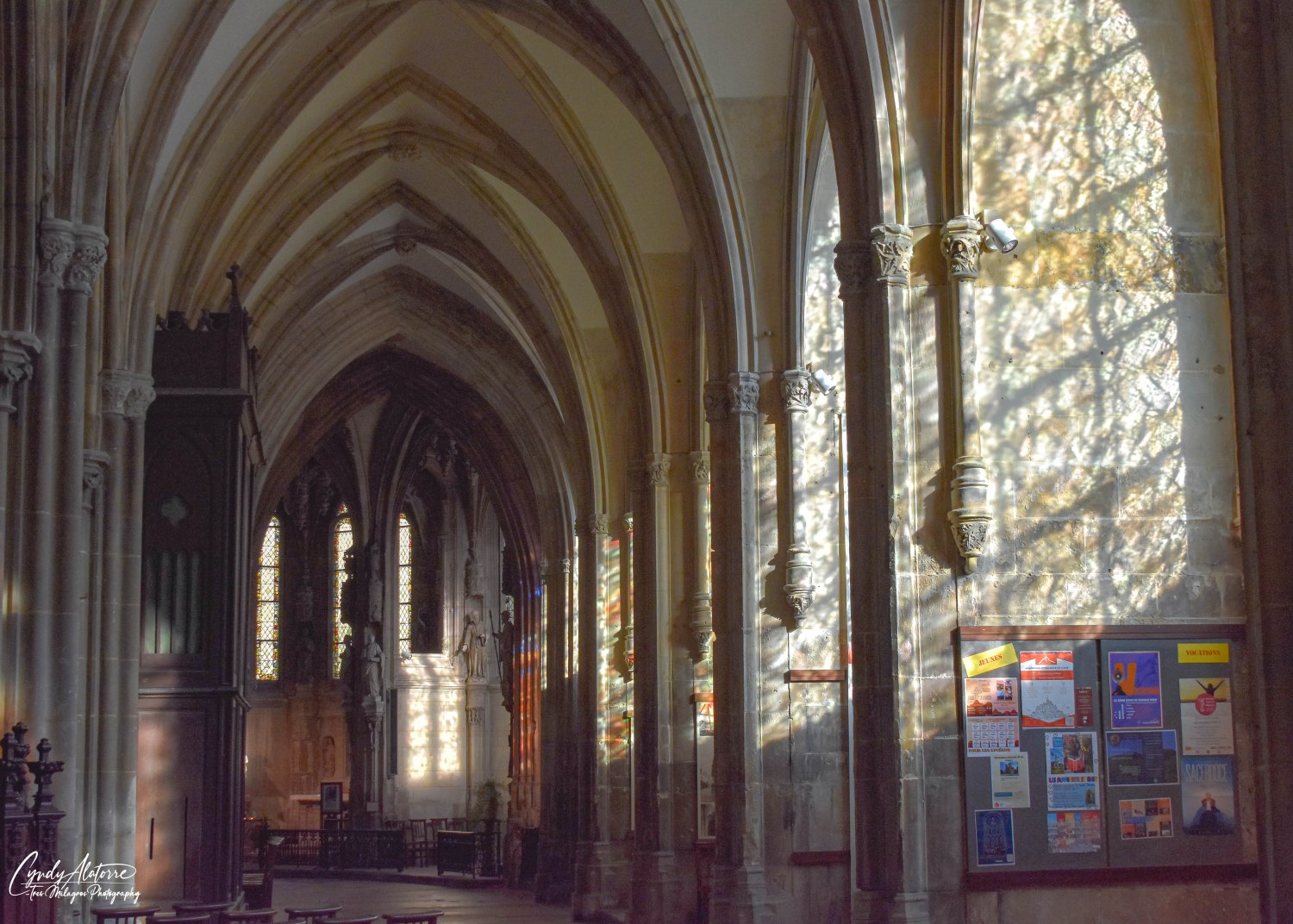

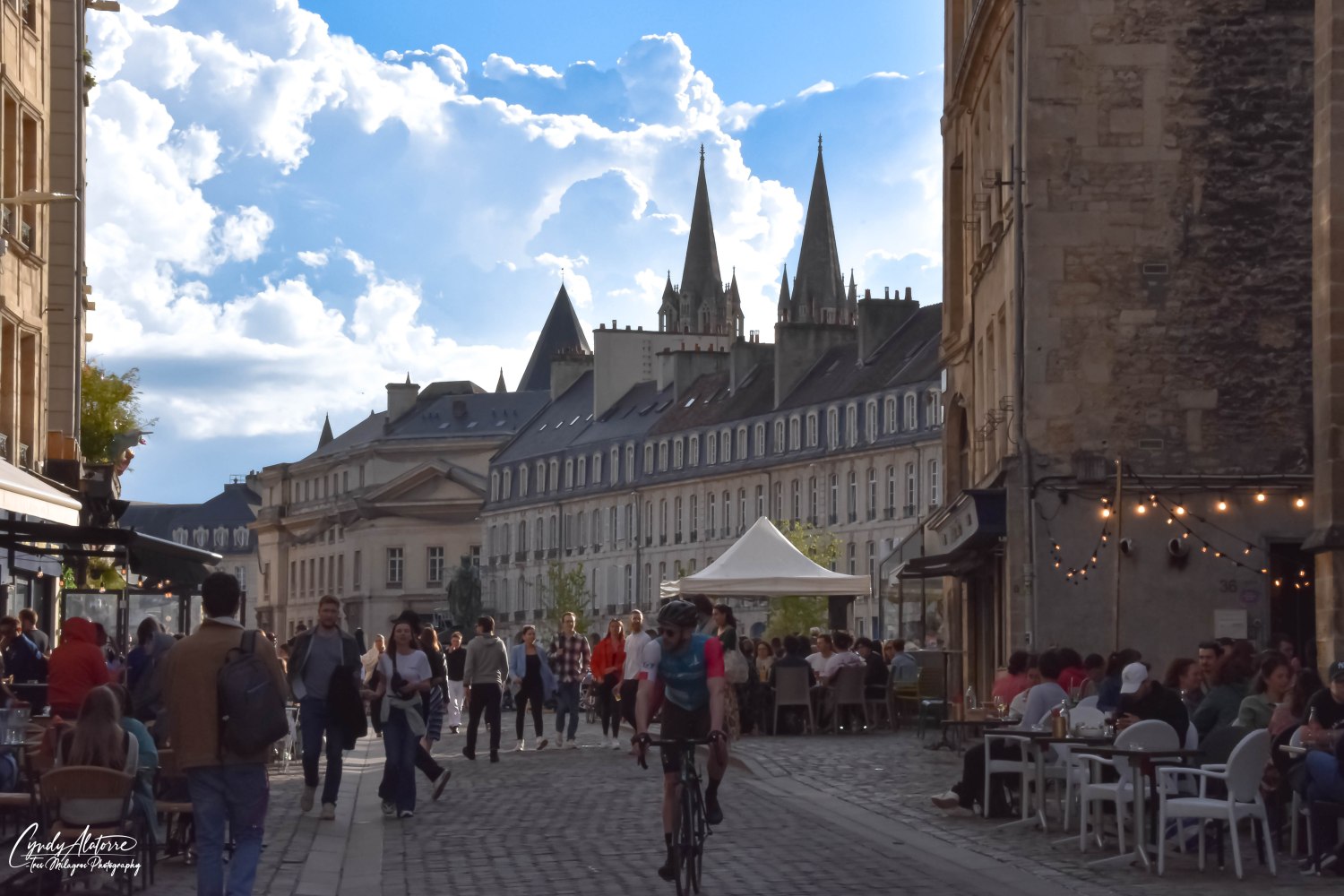
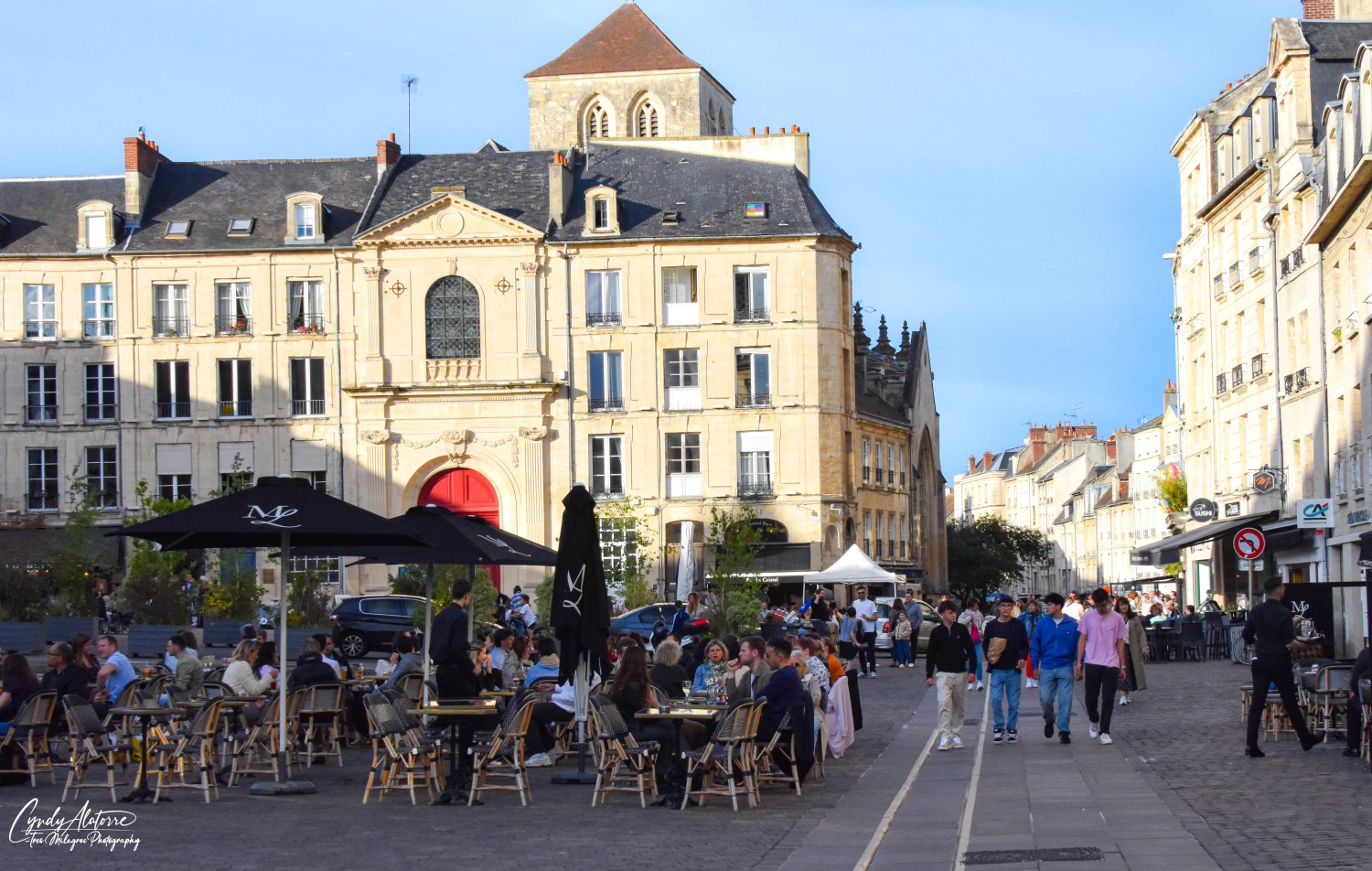
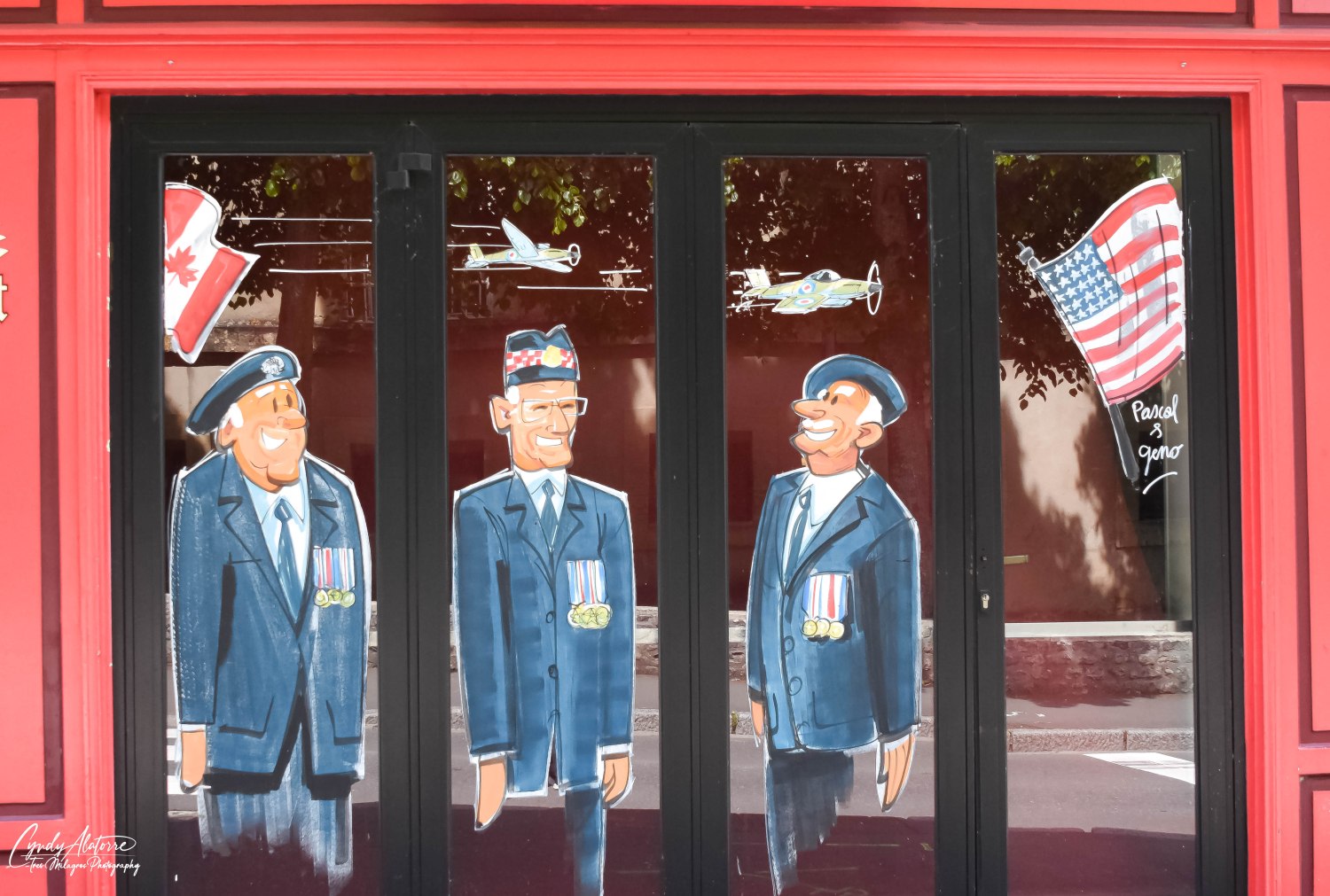

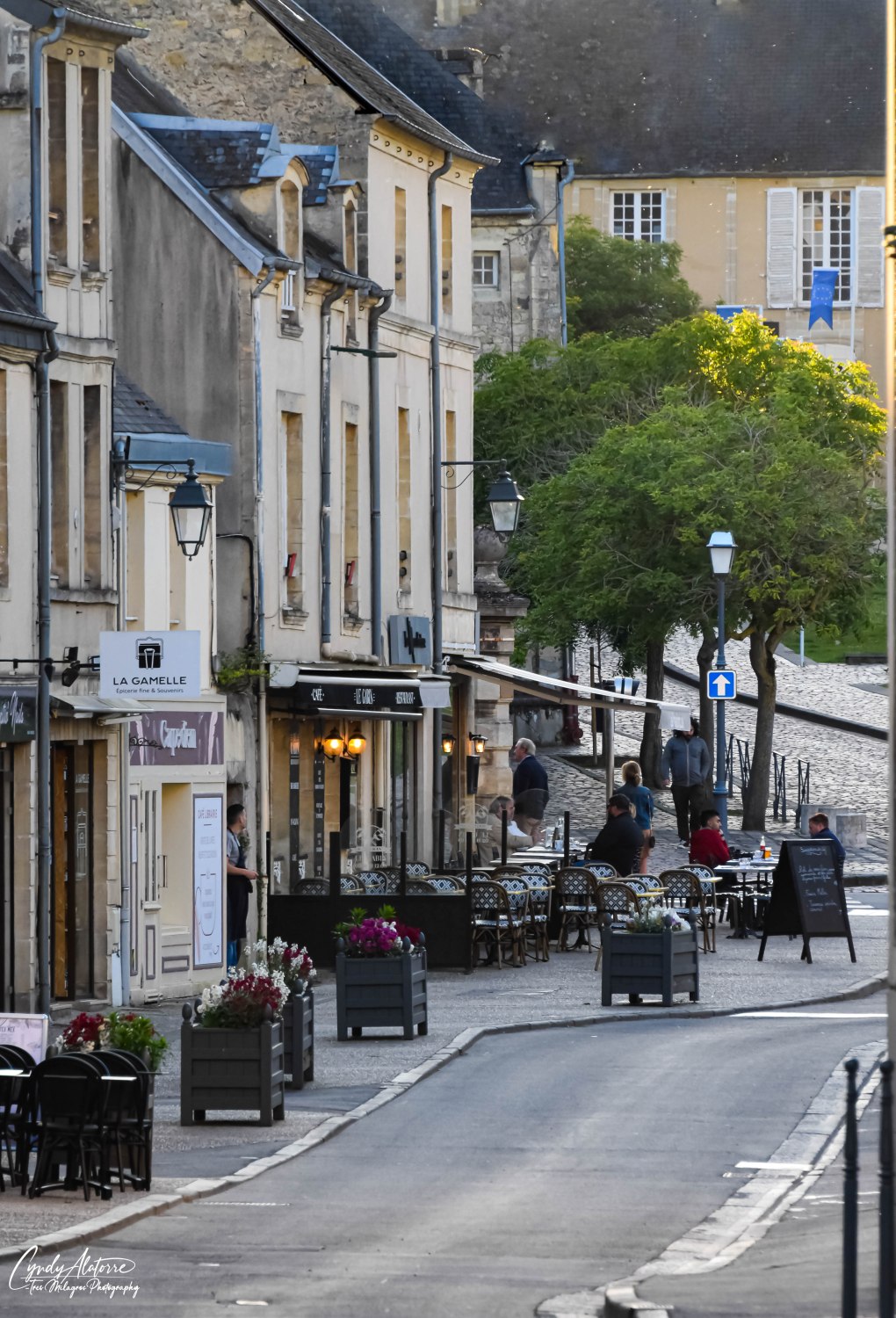
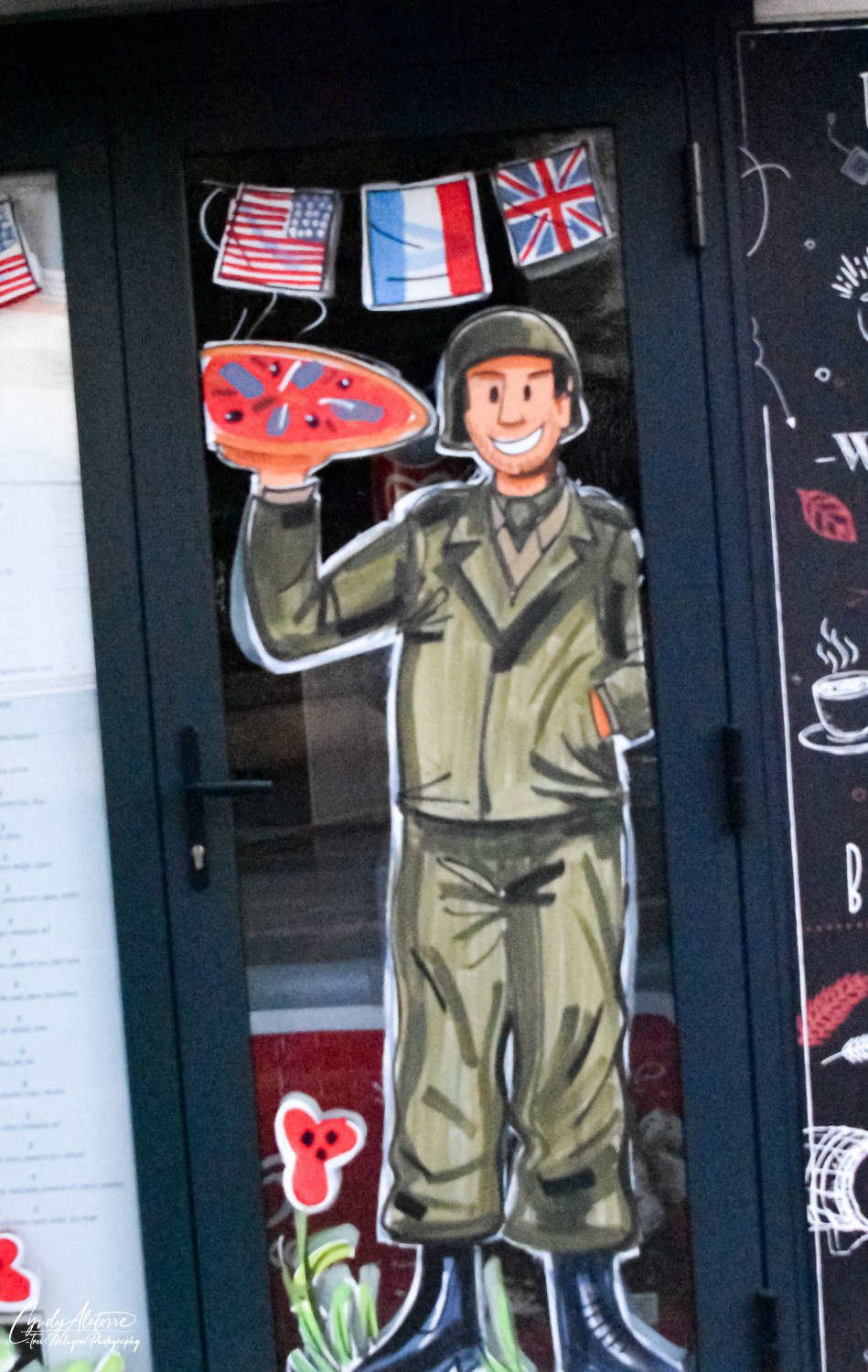
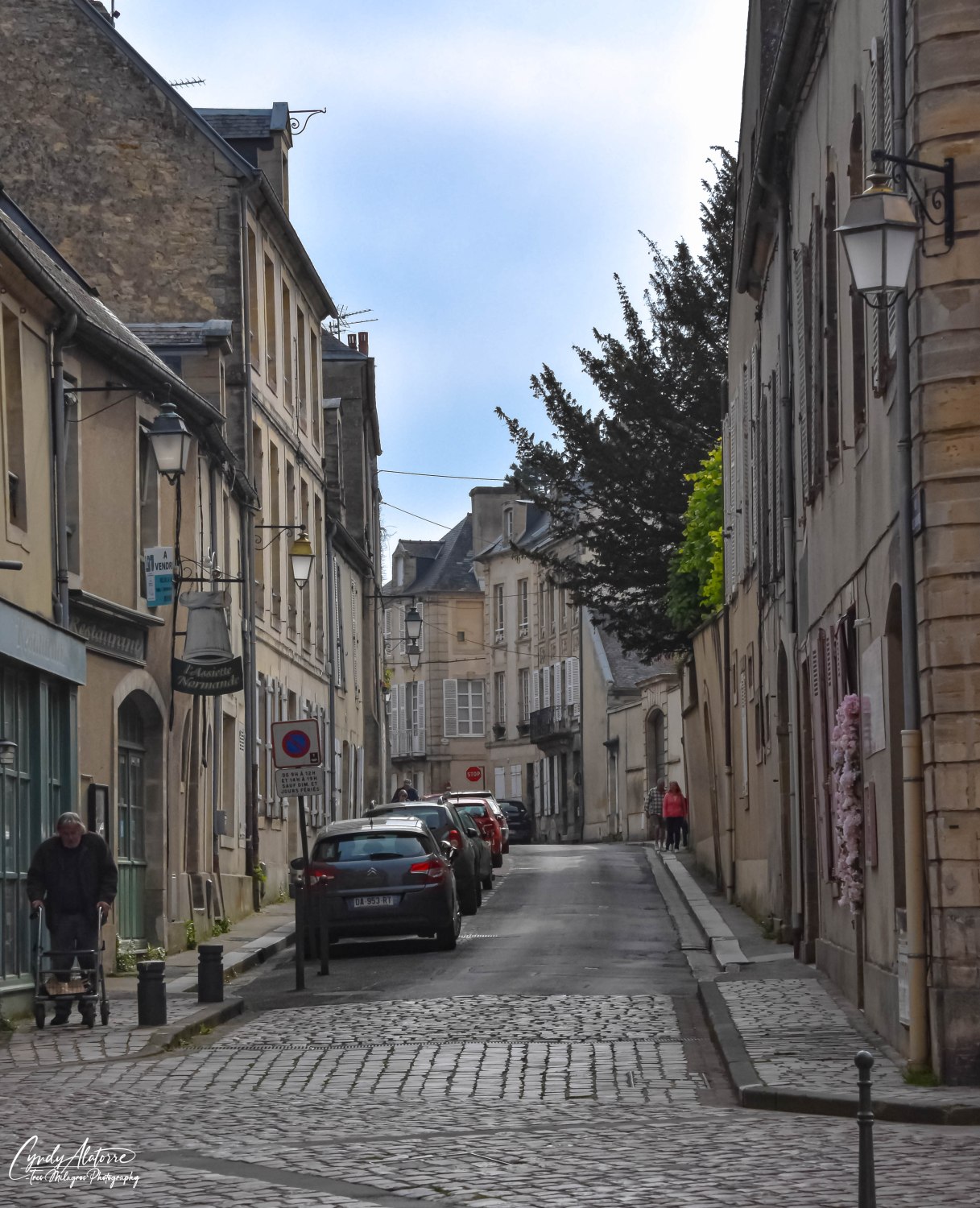

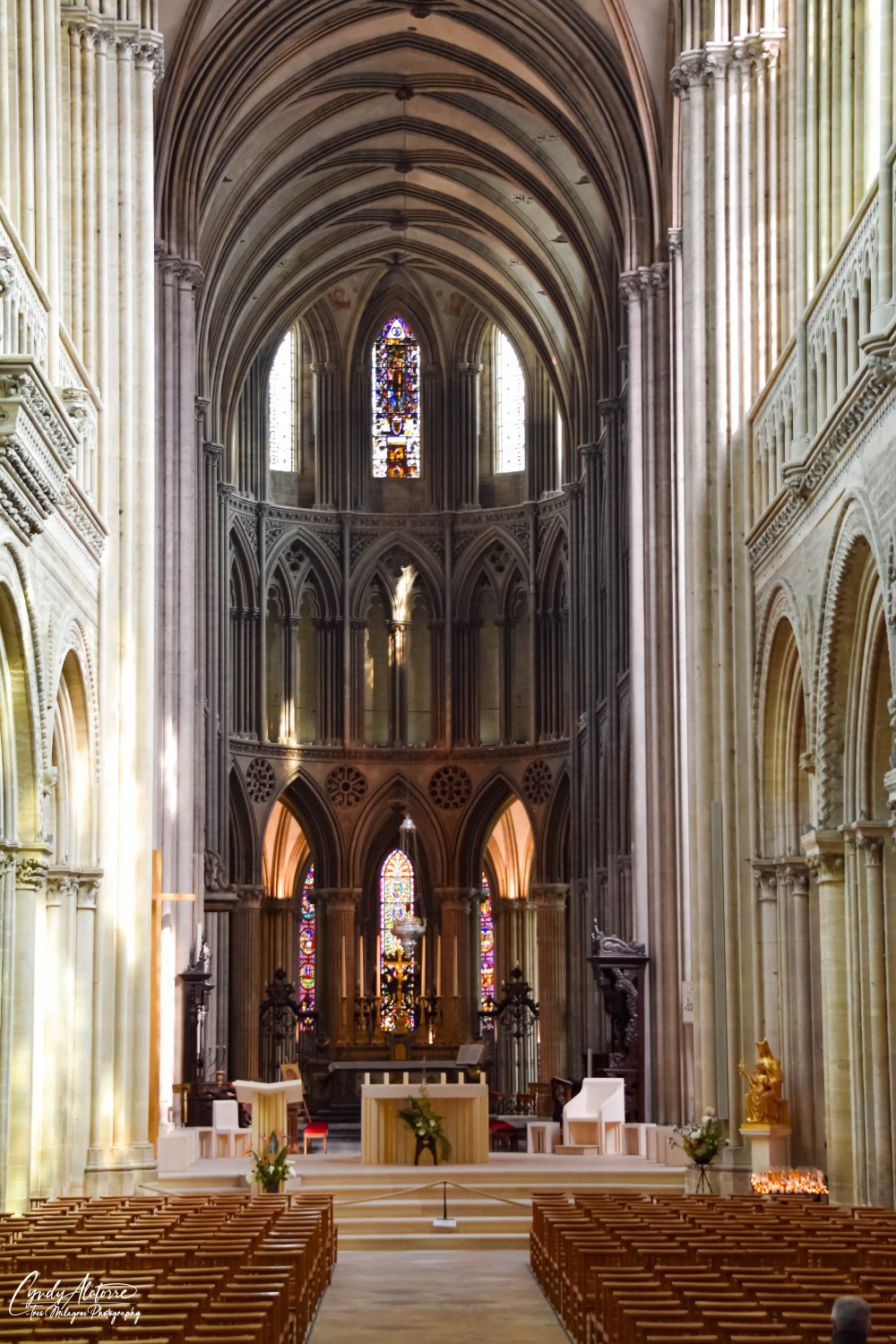

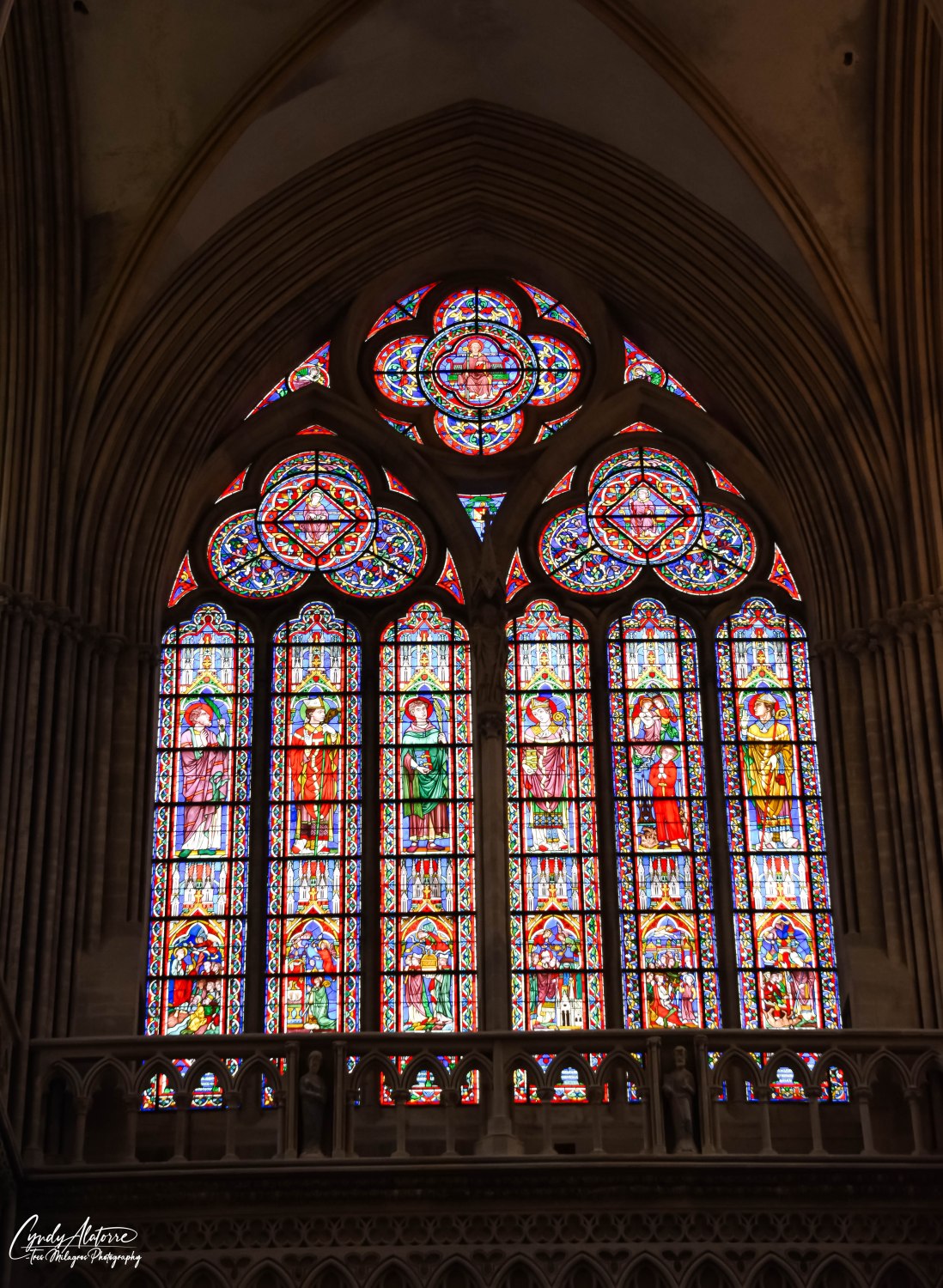
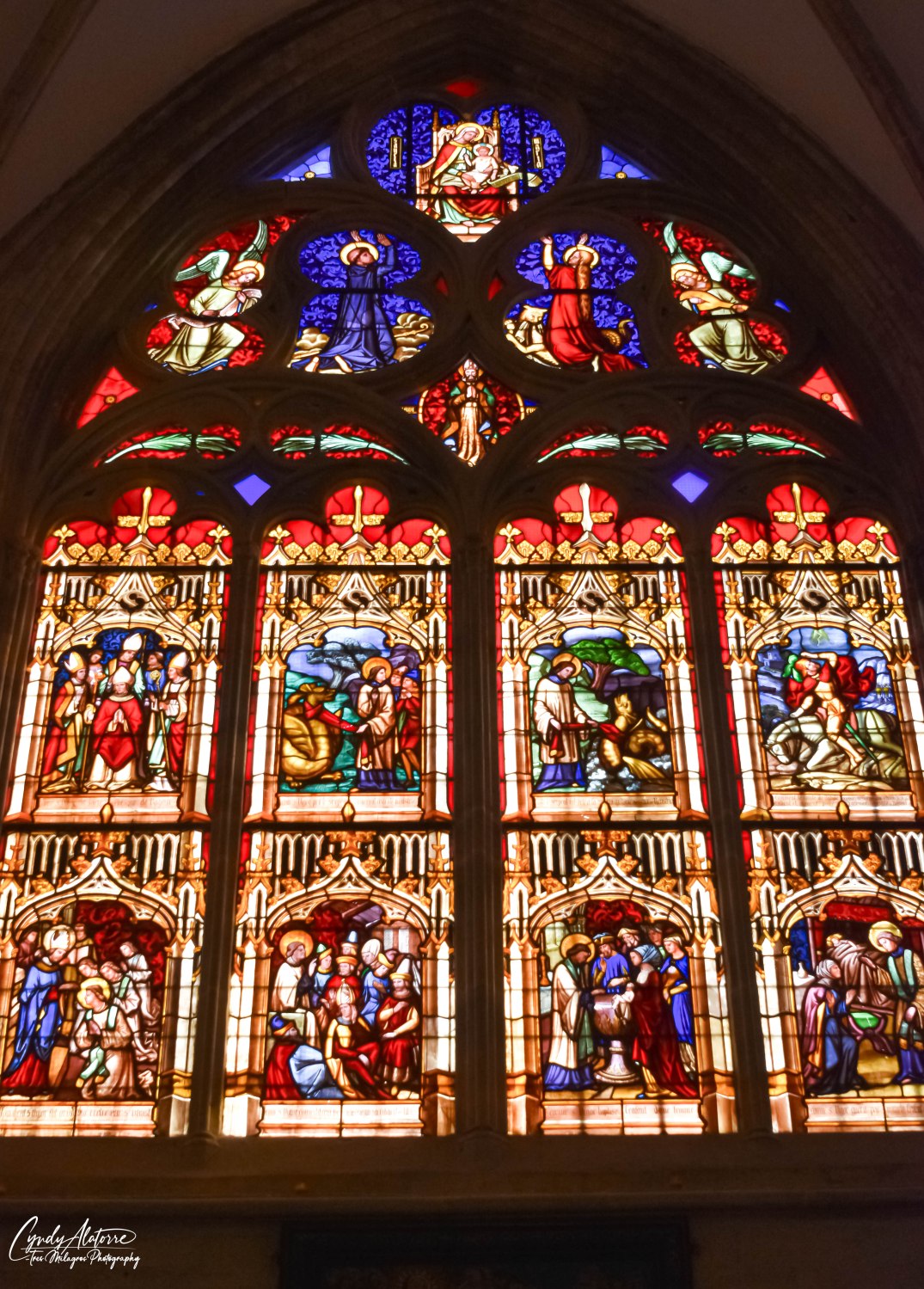
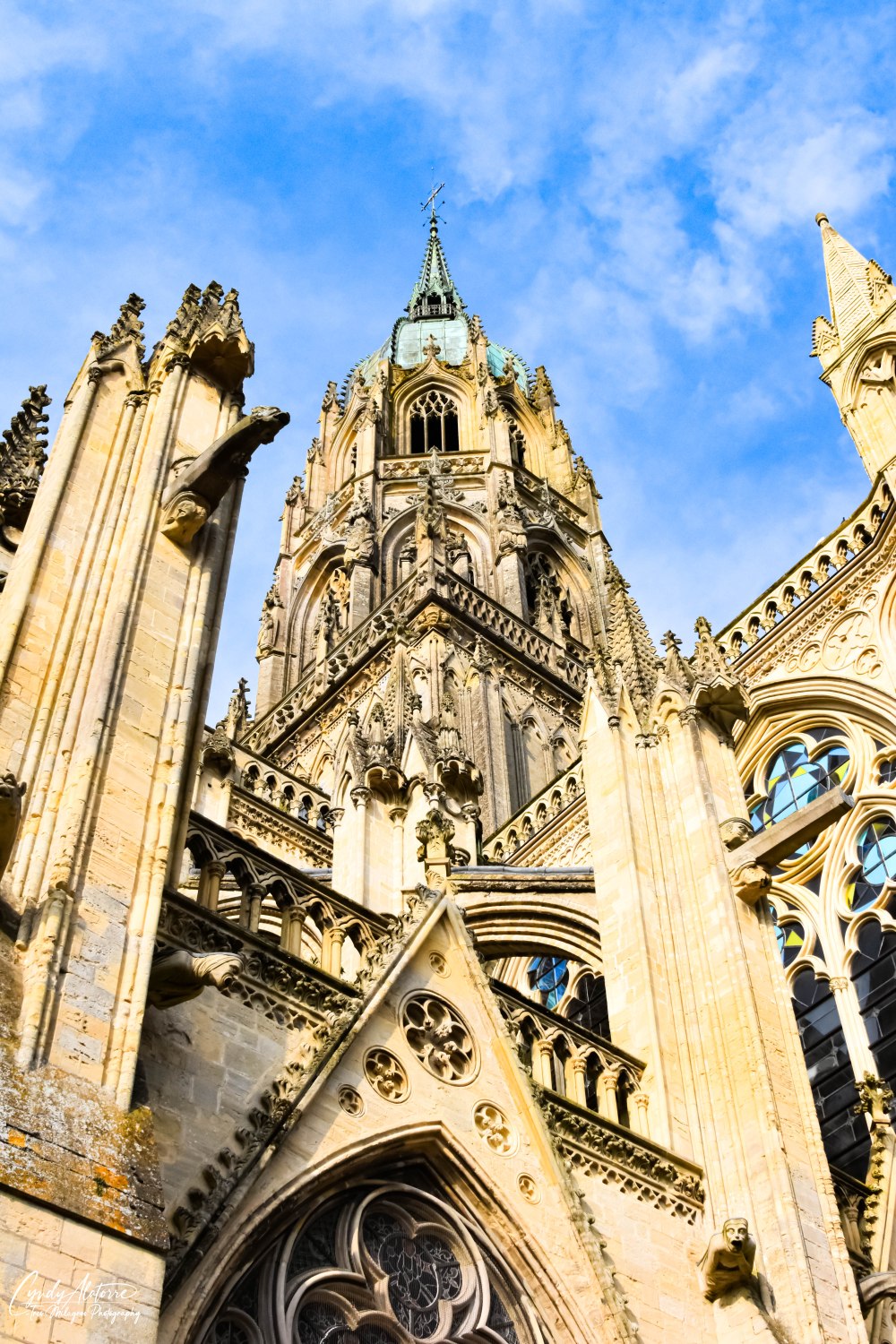
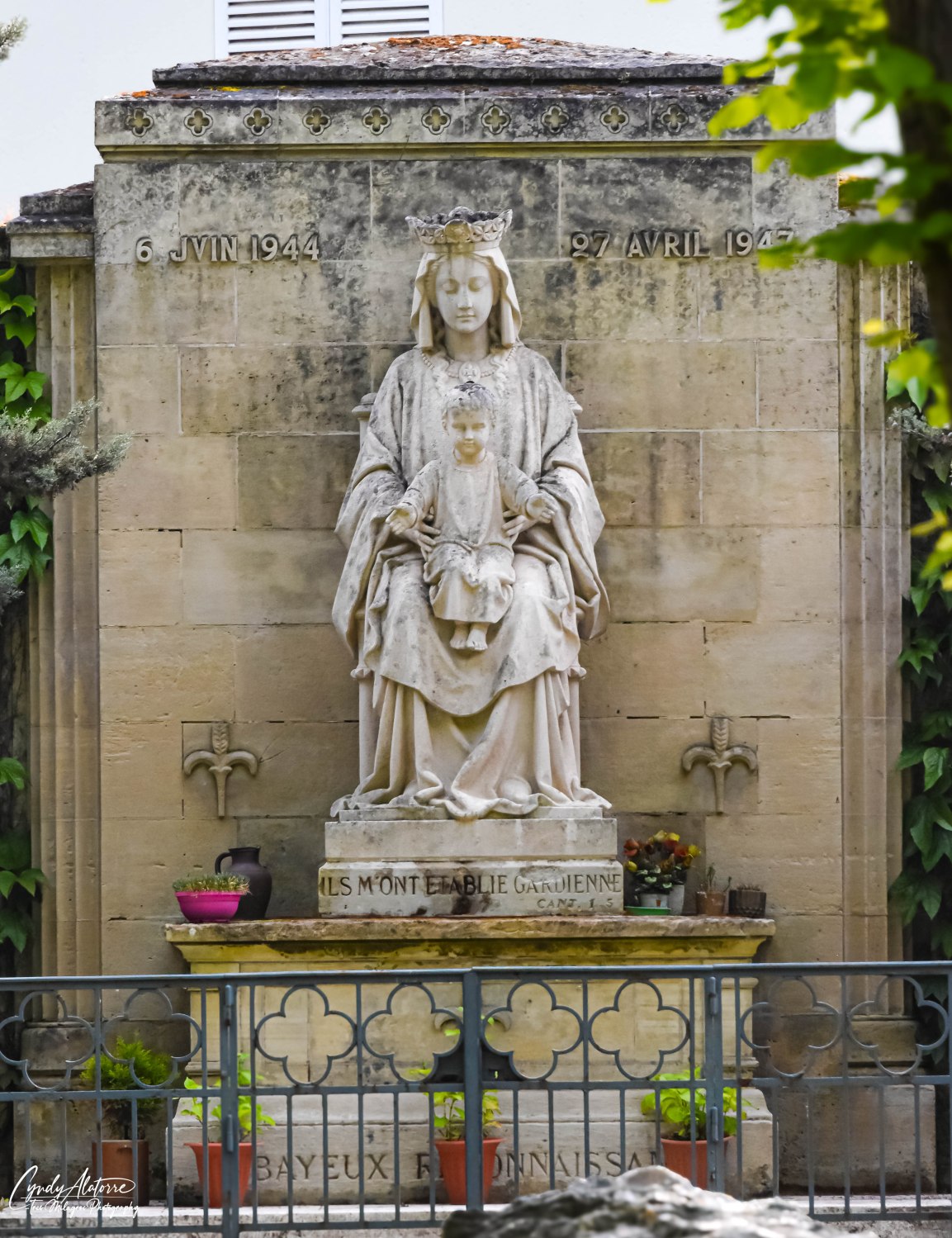
Discover more from "El Camino Thru My Lens"
Subscribe to get the latest posts sent to your email.

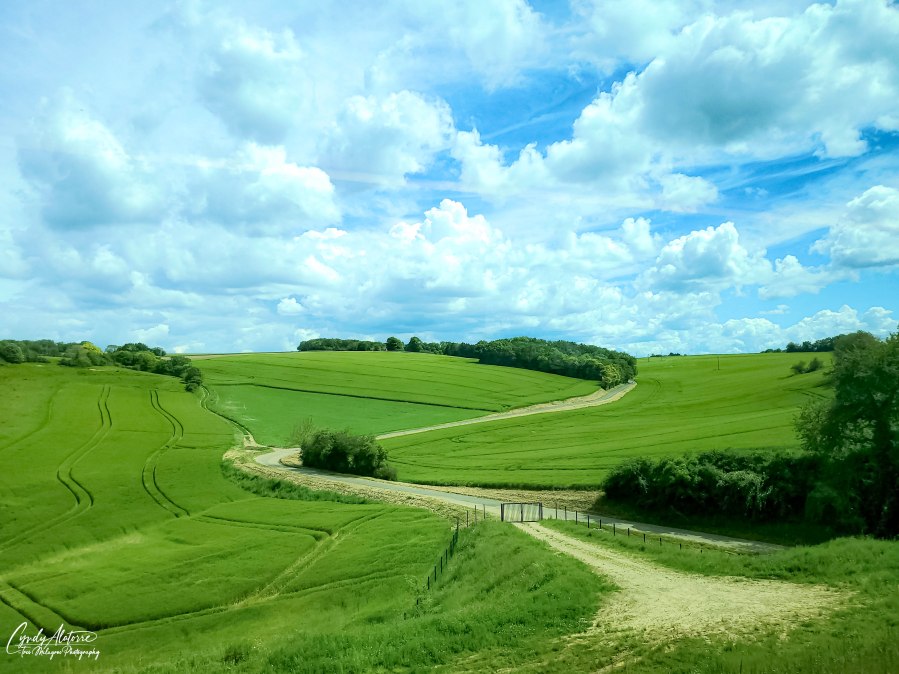
Beautiful pictures! France is on my bucket list.
LikeLiked by 1 person